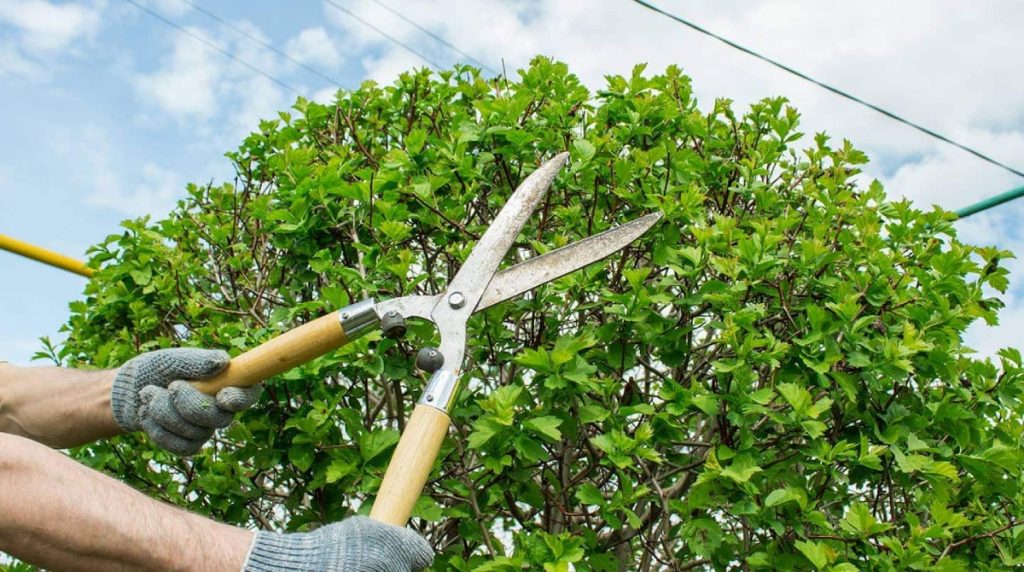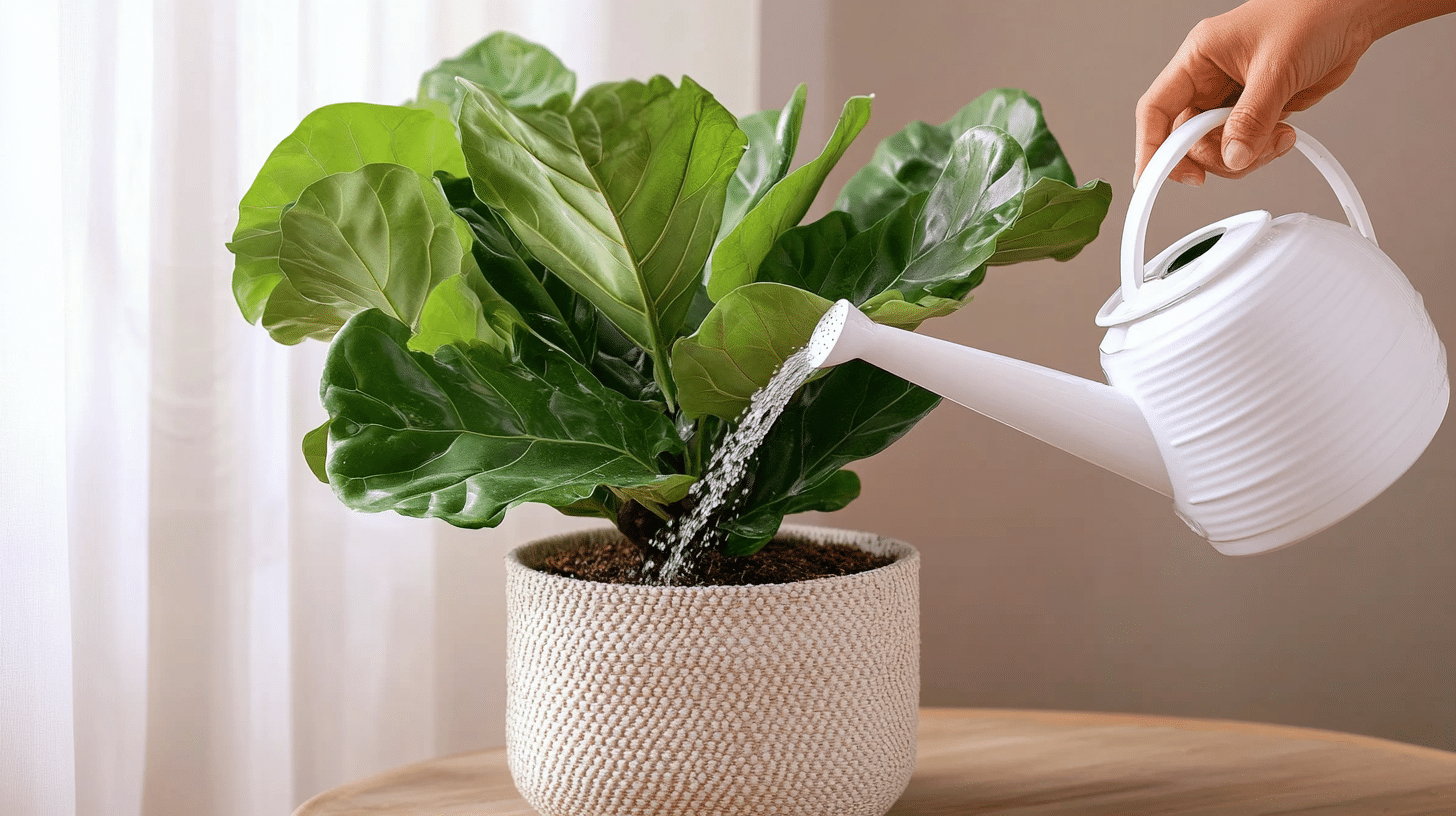Essential Seasonal Tree Pruning Practices for Australian Gardens
Tree pruning forms a vital component of maintaining a healthy and aesthetically pleasing garden. This practice extends far beyond basic garden neatness; it’s a key determinant of tree health, safeguarding the property, and boosting overall plant vigour.
Australia’s distinct climatic conditions, from intense sun-filled summers to milder winters, present unique challenges and fortuities to tree growth. Conceptualising and executing seasonal pruning strategies provide many benefits, encouraging fruit production, upholding property safety, and fostering overall tree health.
This comprehensive guide aims to provide in-depth advice about practical pruning methods adapted to each season, ensuring Australian gardens flourish all year round.
Understanding the Basics of Tree Pruning

Tree pruning is the art and science of the selective removal of certain branches or stems to benefit the health, aesthetics, or safety of the tree or those around it. Its influence extends from promoting plant health to boosting growth and enhancing structural integrity.
The right equipment is vital for effective tree pruning. Hand pruners are ideal for smaller branches, loppers lend themselves well to medium-width branches, and saws cut through thicker stems. Safety is paramount during the pruning process. Always equip yourself with protective gear and keep your tools in optimal condition to ensure smooth, clean cuts.
Pruning significantly impacts a tree’s health and growth trajectory. Dead or diseased branches can drain the tree’s resources and become gateways for infection, so their timely removal is important. Moreover, a proficiently pruned tree is better placed to withstand adverse conditions like storms while offering enhanced overall shape and appearance.
Spring Pruning Techniques
As Australia emerges from winter’s chills into the budding warmth of spring, trees transition from dormancy into a phase of vigorous growth. In this season of renewal, astute pruning prepares trees for the active growth phase and maximises their potential for the rest of the year.
Start with the removal of any branches that have sustained damage or died during winter. Next, focus on strategic cuts to stimulate new growth, enabling trees to direct their resources more effectively.
Flowering trees demand particular attention in spring. The timing of pruning is critical—trimming right after they finish blooming can significantly bolster the following year’s flowering display, resulting in a visually striking garden.
Summer Pruning Practices
Aussie summers often bring intense heat, necessitating mindful adjustments to your pruning practices. Although ensuring minimal stress on trees is crucial, judicious pruning helps control overgrown foliage and maintain a desirable tree shape.
Judicious removal of excess leaves can reduce the overall water consumption of the tree amid water scarcity during hotter months. However, beware of heat stress when pruning in summer. Abrupt, heavy pruning can expose the delicate inner parts of the tree to severe sunlight, causing damage.
Regarding fruit trees, summer pruning targets weaker growth while promoting light access within the canopy. This can enhance fruit quality and size, accentuating the reward for your summer pruning work.
Autumn Pruning Strategies
Moving into the crisp serenity of autumn, gardeners commence preparation for the approach of colder months. Autumn provides an excellent window for focussed branch thinning to enhance airflow and light penetration, helping to keep your trees healthy.
Removing any branches affected by pest infestation or disease also prevents the spread of harmful elements and restores the tree to its optimal health. In the diverse Australian climate, restricting pruning to fortify and improve tree structure is vital.
Special pruning considerations are necessary for deciduous trees in Australia. Pruning them before they shed all their leaves in autumn can fine-tune their shape and set the stage for beautiful growth in the forthcoming season.
Winter Pruning Guide
Winter is an ideal season for tending to various trees while they’re dormant. Without foliage, you can view the tree’s structure more easily and make precise cuts to enhance its shape and structural integrity.
Although winter affords excellent pruning opportunities, it’s important to protect your trees from potential frost damage. Avoid pruning during freezing temperatures and employ appropriate tree wound sealants post-pruning to prevent infection.
Evergreens and winter-flowering species require careful attention in winter. Rather than extensive pruning, efforts should focus on maintenance and preserving the plant’s natural form.
Conclusion
Each season brings its unique considerations and challenges when developing effective pruning practices in Australian multi-faceted gardens. From harnessing spring’s burst of growth to making the most of winter’s dormancy, aligning your pruning approach to each season’s distinct rhythm can optimise tree health and beauty.
Adapting pruning practices in line with Australia’s multifaceted climates, ranging from coastal cool to arid inland, is crucial. Regular, correspondence-oriented pruning fosters garden aesthetics, prevents tree diseases, enhances fruiting, and keeps your property safe.
Understanding and employing efficient tree removal in Sydney’s seasonal conditions, alongside adapting custom pruning strategies, are vital ingredients for nurturing a robust, beautiful garden throughout the year. The application of these comprehensive seasonal pruning practices will support robust tree growth, and guarantee a continual celebration of beauty and organic productivity in Australian gardens.







